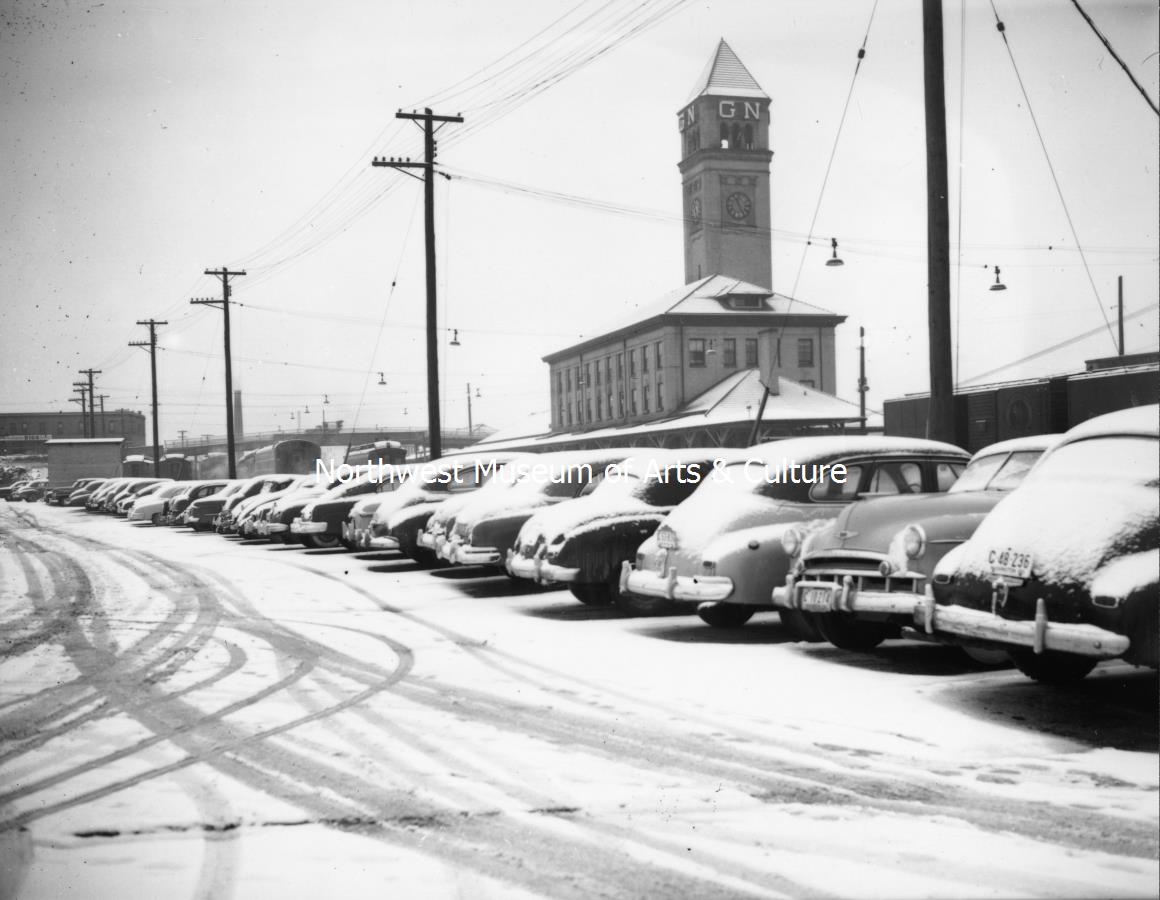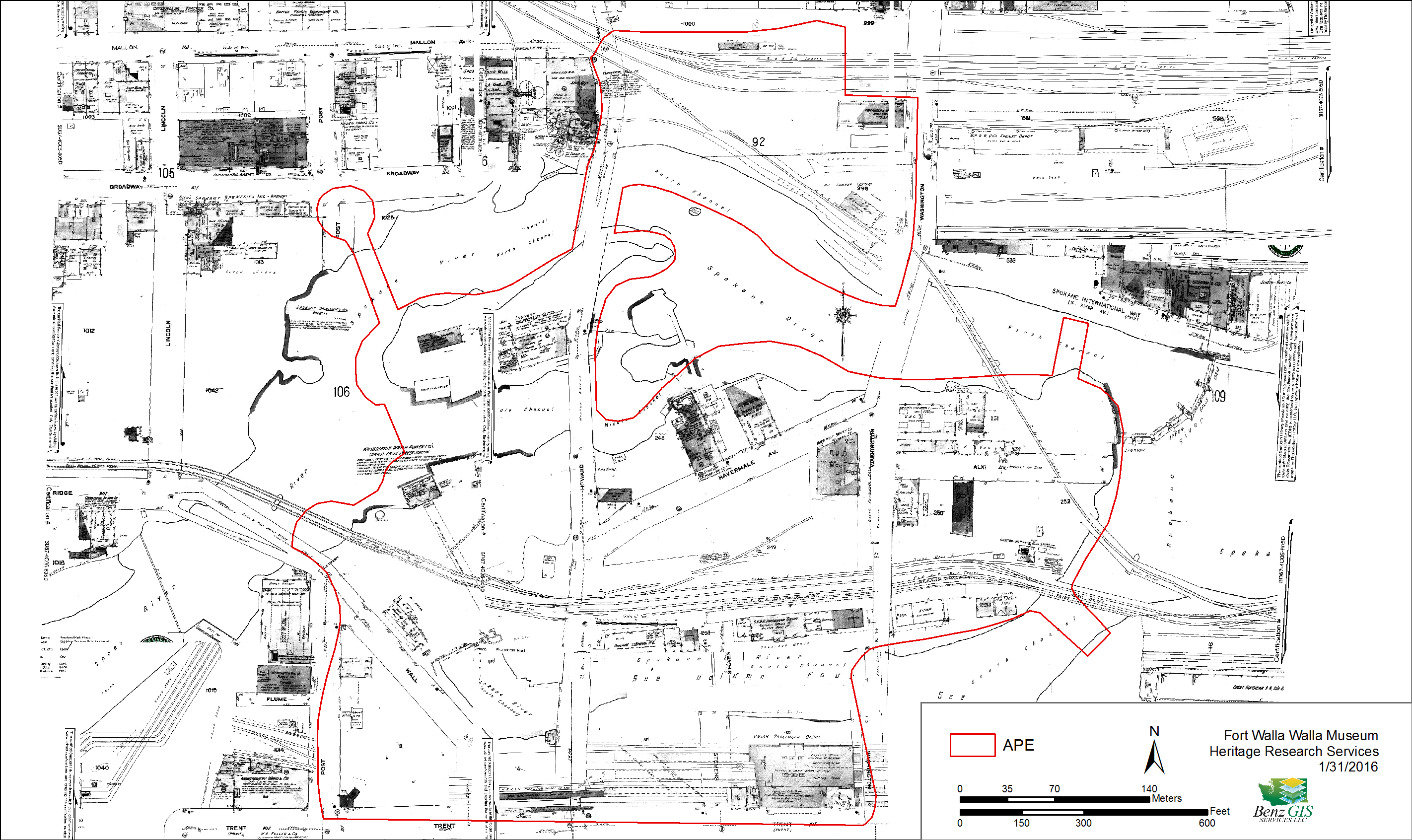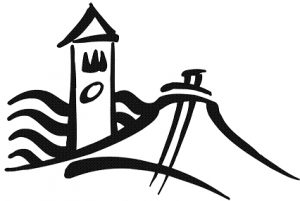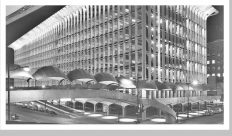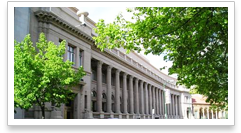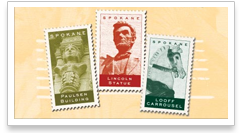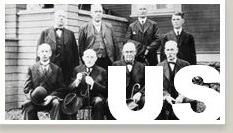The 1950s: Decline of the Railroad
 Aerial View of Downtown, 1950 [MAC L87-1.64140-50]
Aerial View of Downtown, 1950 [MAC L87-1.64140-50]
By 1950, the residential population on and around Havermale Island was almost nonexistent. The only remaining hotel, the A & A Hotel, and a single apartment building acted as housing for the 18 residents still living in this busy industrial and transportation corridor. The occupations of these residents included jobs as clerks, a machinist, and a beauty salon operator.
Despite the wide range of businesses and industry in the surrounding blocks, the focal point continued to be the large amount of railroad and transportation activity. Although a large portion of the area was covered by railroad tracks and passenger depots, development did not stop completely. In the 1950s the area gained three new warehouses; all on Havermale Island. The Spokane Beverage Co. set up operations on Havermale Island during this decade, but was gone from that location by the beginning of the 1960s.
The increasing use of automobile transportation necessitated the creation of parking lots in many areas. This led to the demolition of several properties that had been vacant the decade before; replacing the structures with open lots and service stations. Moving from its previous location, the Coeur d’Alene Garage relocated to a building at 504 Howard Street following the automobile trend on the island.
This decade witnessed many changes to the established area around the Spokane River. Street names on Havermale Island began to change and businesses with a long history in the area slowly disappeared. Wills & Reding Jewelers, open since the 1930s, closed the doors of their Union Station store, signaling the decline of the railroad in the city. The Washington Laundry Co. factory, formerly Washington Steam Laundry, had been operating in the area since 1910 but shut down their operations around this time as well.
